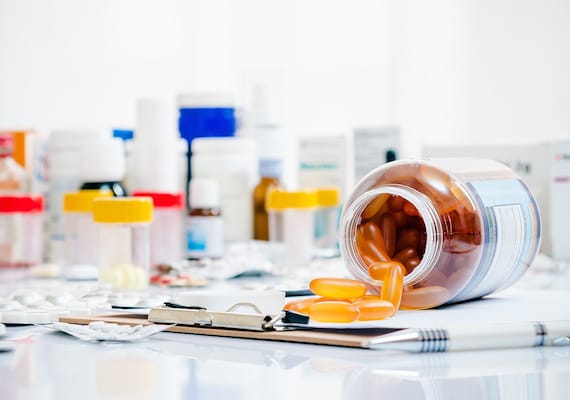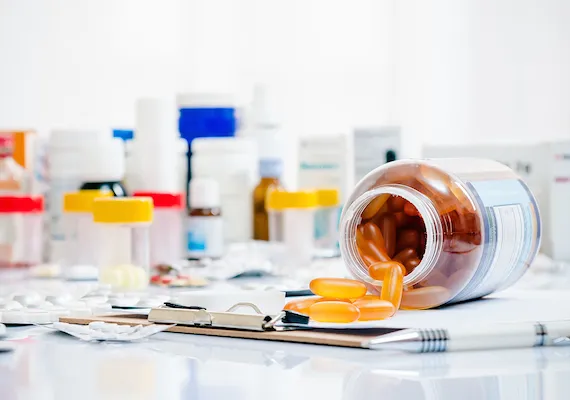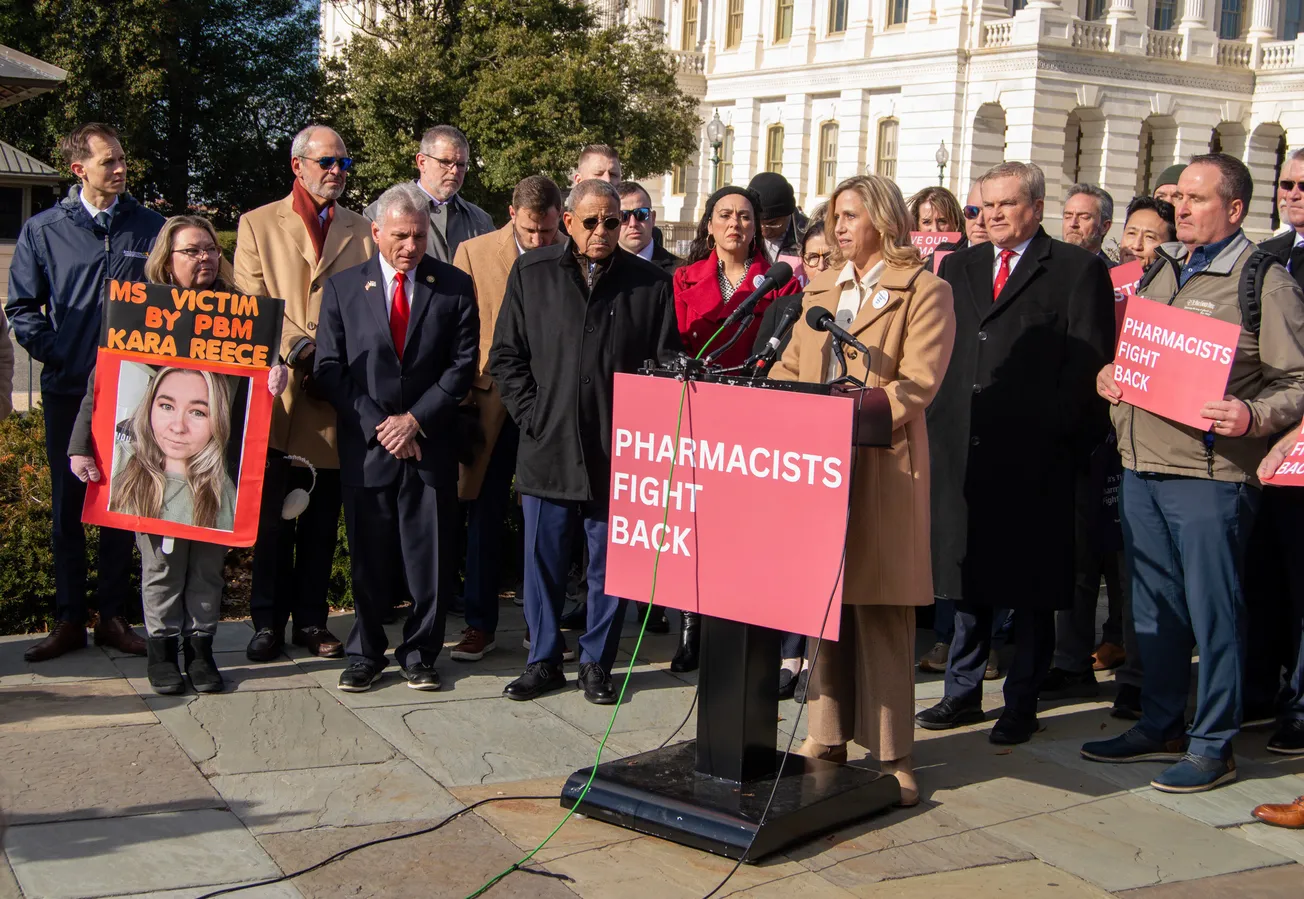RESEARCH TRIANGLE PARK, N.C. — The total spending and global demand for medicines will increase over the next five years to approximately $1.9 trillion by 2027, according to a new report titled Global Use of Medicines 2023 – Outlook through 2027 from the IQVIA Institute for Human Data Science.

The underlying growth rate of 3-6% in spend will be driven by new drug launches and wider use of recently launched brands despite efforts by payers to constrain their budgets, and the impact of lower cost options such as
“COVID-19 continues to have an impact on pharmaceutical markets globally, and is estimated to continue expanding the pharmaceutical market through 2027, largely due to vaccines,” said Murray Aitken, senior vice president and executive director of the IQVIA Institute for Human Data Science. “However, there are significant uncertainties in the years ahead with the transition of the global COVID-19 pandemic to a new phase where vaccines and therapeutics are available but are used inconsistently.”
Key highlights of the report include:
- Increased use of medicine: Medicine use – measured in defined daily doses – grew by 36% over the past decade, driven by increased access to medicines. However, growth is projected to slow through 2027 and reach a total of more than 3.4 trillion doses, up about 8% from the 2022 level. Highest volume growth is expected in Latin America, Asia and Africa, driven by a mix of population growth and expanded access, while North America and Europe will see very low growth. Per capita medicine varies by region with Japan and Western Europe having more than double the use of most other regions.
- Spending and growth by regions: The global medicine market — using invoice price levels — is expected to grow at 3–6% CAGR through 2027 to about $1.9 trillion with diverging trends by region. Growth in developed economies continues at relatively steady rates with new products offset by patent expiries; Latin America, Eastern Europe and parts of Asia are expected to grow strongly from volume and greater adoption of novel medicines. The U.S. market growth, on a net price basis, is forecast to adjust -1 to 2% CAGR through 2027, down from 4% CAGR for the past five years. The impact of exclusivity losses will increase to $140.7 billion over five years, including significant biosimilar introductions in 2023 and 2024. New brand spending in the U.S. is projected to be higher than the last five years but will be a smaller share of total spending. Key elements of the Inflation Reduction Act (IRA) are expected to impact medicine pricing and cost sharing among stakeholders, even though the specific impact is yet to be determined as no baseline has been established and the detailed plans for implementation IRA for medicine pricing and cost sharing have not been provided.
- Impact of COVID-19 on the use of medicines: COVID-19 continues to have an impact on pharmaceutical markets globally and is estimated to expand the net cumulative pharmaceutical market by $500 billion from 2020 through 2027, mostly linked to vaccines. Disruptions in demand for many other medicines, due to delayed diagnoses, continue to play out although global market growth is forecast to return to pre-pandemic projected levels by 2024. All regions around the world have exceeded previously projected first-wave vaccination rates while booster utilization is lagging. This creates substantial uncertainty about the future of the pandemic and the potential risks of reemergence of infections, especially in regions of the world with the lowest immunization and booster rates.
- Growth in spending on specialty medicines: Specialty medicines will represent about 43% of global spending in 2027 and 56% of total spending in developed markets. Global spending on cancer drugs is expected to reach $370 billion by 2027, with growth accelerating from the launch and use of novel drugs and limited new biosimilar impact. Immunology spending growth will slow to 3-6% through 2027 from price reductions associated with biosimilar competition as volume growth continues at 12% annually. New therapies for rare neurological disorders, Alzheimer’s and migraines are expected to drive spending growth in neurology.
- Biotech spending : Biotech will represent 35% of spending globally and will include both breakthrough cell and gene therapies, as well as a maturing biosimilar segment. Major advances are expected to continue, especially in oncology and immunology. The outlook for next-generation biotherapeutics includes a definitively uncertain range of clinical and commercial successes.









